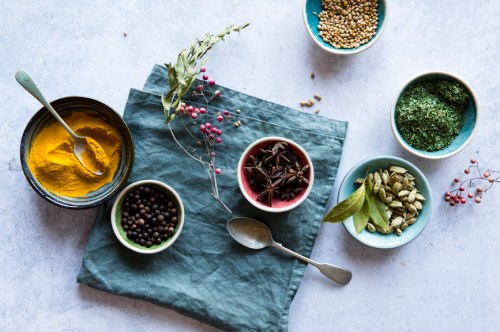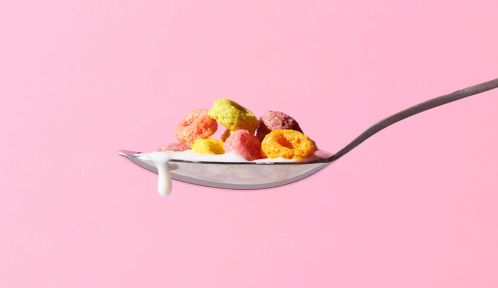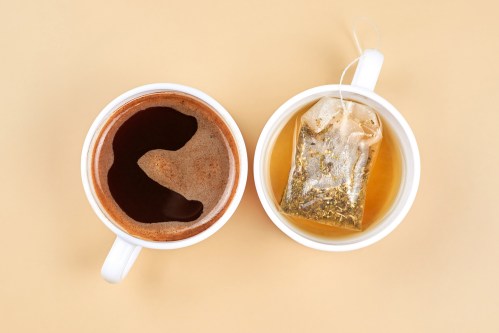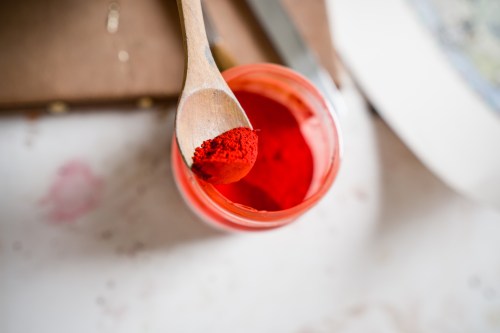The FDA Just Banned Red Dye No.
3: The Future of Processed Foods
Is Red Wine Any Healthier for You Than White Wine?
Proffee Is the Hottest New Beverage Trendbut Should You Really Be Adding Protein to Your Coffee?

One question that herbalist and Supernatural founderRachelle Robinettgets all the time: Where do I start withherbalism?
We have been evolving with plants forever.
These are plants that can be used as food, as medicine, and as both.

registered herbalist, educator, and founder of Supernatural
So, yeah, there aremanycategories of plants.
Here, Robinett takes us through the five plants that she thinks are the most commonandthe most helpful.
Adaptogens
I have done many aPlant Basedepisodeonadaptogens.

Examples: ashwagandha, rhodiola, reishi
2.
Astringents
Essentially, astringents are toning plantsthe most well-known one probably being witch hazel.
Astringents also help strengthen the skin barrier and protect moisture balance.

Examples: witch hazel, rose petals, green tea
3.
Aromatics
Robinett explains that these plants are incredibly beneficial for a number of reasons.
Think: improving digestion, energy levels, easing cramping and discomfort, and relaxing the muscles.

registered herbalist, educator, and founder of Supernatural
Examples: arugula, orange peel, gentian
5.
Nervines
Nervines are also my favorite, Robinett says.
These are herbs that love our nervous system.

And these are plants that tend to work more quickly than adaptogens.
Nervines work if you need support immediately.
So theres a whole variety of them, Robinett explains.

…
Got it, you’ve been added to our email list.